Sun protection
Content: 150 ml (€10.99* / 100 ml)
Content: 150 ml (€12.99* / 100 ml)
Content: 200 ml (€11.23* / 100 ml)
Content: 50 ml (€38.98* / 100 ml)
Content: 150 ml (€5.40* / 100 ml)
Content: 150 ml (€5.30* / 100 ml)
Content: 200 Milliliter (€5.45* / 100 Milliliter)
Content: 150 ml (€4.60* / 100 ml)
Content: 150 ml (€3.87* / 100 ml)
Content: 150 ml (€3.87* / 100 ml)
Content: 150 ml (€3.87* / 100 ml)
Content: 125 ml (€4.64* / 100 ml)
Content: 15 Gramm (€119.33* / 100 Gramm)
Content: 15 Gramm (€119.33* / 100 Gramm)
Content: 15 Gramm (€119.33* / 100 Gramm)
Content: 15 Gramm (€119.33* / 100 Gramm)
Content: 15 Gramm (€119.33* / 100 Gramm)
Content: 40 ml (€62.25* / 100 ml)
Content: 40 ml (€62.25* / 100 ml)
Content: 15 Gramm (€119.33* / 100 Gramm)
Why is sun protection essential?
Sun protection is crucial in summer as the sun shines more intensely and we spend more time outdoors. The harmful effects of UV rays are increased during this time and our skin is at higher risk. It is therefore essential to protect ourselves from the negative effects of sun exposure.
The importance of sun protection
The sun emits ultraviolet (UV) rays, which are divided into UVA and UVB rays. UVA rays penetrate deeper into the skin and can lead to premature skin ageing, while UVB rays are the main cause of sunburns. Both types of rays can lead to long-term damage such as skin spots, wrinkles and even skin cancer. By using sunscreen regularly, we can minimise these risks.
Why is it particularly dangerous in summer?
Summer is a time when we spend more time outdoors and engage in sun activities. The sun's rays are more intense at this time of year as the sun is closer to the earth. The UV rays are stronger and can damage the skin more quickly. In addition, we spend longer periods of time outdoors, whether swimming, playing sport or simply relaxing. It is therefore particularly important to use effective sun protection during the summer.
The role of sunscreens
Sunscreens are an essential part of sun protection. They offer either physical or chemical protection against harmful UV rays. Physical sunscreens contain mineral filters such as titanium dioxide or zinc oxide, which reflect the rays from the skin's surface. Chemical sunscreens, on the other hand, contain certain compounds that absorb the UV rays and convert them into heat. Both types of sunscreens are effective as long as they are applied correctly.
How can I protect myself against the sun?
There are various measures you can take to effectively protect yourself from the sun:
- Use sun cream, sun spray, sun oil & tanning oil with an appropriate sun protection factor(SPF) for your skin type.
- Apply your sunscreen generously to all exposed areas of skin about 15-30 minutes before sunbathing.
- Avoid direct sunlight during peak hours between 10am and 4pm when UV rays are at their most intense.
- Look for shady areas, especially when the sun is at its strongest.
- Wear protective clothing such as long-sleeved tops, long trousers, a wide-brimmed hat and sunglasses that protect against UV rays.
- Use waterproof sunscreen, especially if you are swimming or sweating.
- Remember to reapply sunscreen regularly, especially after drying off with a towel or staying in the water for a long time.
What types of sunscreen are there?
There are different types of sunscreen, which have different forms and applications:
- Sun creams: These are available in cream form and offer a wide range of sun protection factors (SPF). Creams are easy to apply and spread well on the skin.
- Sun oils/tanning oils: These have an oily texture and also offer protection against UV rays. They are particularly suitable for people with dry skin as they can provide additional moisturisation.
- Sun sprays: Sprays are easy to apply and are practical for use on larger areas of the body. They are ideal for athletes or people who spend a lot of time outdoors.
- Sun protection sprayfor the hair: Protects the hair from harmful UV radiation and moisturises and nourishes it at the same time.
- Liposomal sun protection products: These products contain liposomal vesicles that transport sun protection deep into the skin and offer a long-lasting effect. They are suitable for sensitive skin.
Which ingredients are contained in sun creams, sun oils or sun sprays for sun protection and which are responsible for the sun protection factor (SPF)?
Sunscreens are an essential part of skincare as they help to protect the skin from the harmful effects of the sun's ultraviolet (UV) rays. These products contain various ingredients that serve to absorb or reflect UV rays to protect the skin.
- Chemical filters: These absorb the UV rays and convert them into heat, which is then released from the skin. Chemical filters include substances such as oxybenzone, avobenzone, octisalate, octocrylene, homosalate and octinoxate. These ingredients are very effective at absorbing UVA and UVB rays, which are the main cause of sunburn and skin damage. However, some people may be sensitive to these chemical filters and there are also concerns about their impact on the environment.
- Physical or mineral filters: These work by reflecting the UV rays so that they cannot penetrate the skin. Zinc oxide and titanium dioxide are the most common physical filters. They offer broad protection against UVA and UVB rays and are generally well tolerated by people with sensitive skin. However, physical filters often leave a white film on the skin, which some people find annoying.
- Antioxidants: Ingredients such as vitamin E, vitamin C and green tea extract help to protect the skin from free radicals caused by UV radiation, which can damage skin cells. They can also help to reduce the signs of skin ageing that can be caused by long-term exposure to the sun.
- Moisturising ingredients: Glycerin, aloe vera and various oils help to moisturise the skin and keep it supple. They can also help to strengthen the skin barrier, which can help to protect the skin from UV damage.
- Some sunscreens also contain ingredients that are specifically designed to protect the skin from infrared radiation. This radiation can penetrate deep into the skin and can contribute to skin damage and premature ageing. Ingredients such as antioxidants and certain plant extracts can help to protect the skin from this type of radiation.
It is also important to note that some sunscreens may contain ingredients that are potentially harmful. These include certain preservatives, fragrances and chemical filters that can cause allergic reactions or disrupt hormones. Therefore, it is always a good idea to check the ingredients on the label and choose products that are free from potentially harmful substances. To summarise, sunscreens contain a variety of ingredients designed to protect the skin from the sun's UV rays. These include chemical and physical filters, antioxidants and moisturising ingredients. However, it is always important to check the ingredients on the label and choose products that are suitable for your skin type and individual needs.
What can I do if I get sunburnt despite using sunscreen?
If you get sunburnt despite all your sun protection measures, it is important to take immediate action to relieve the pain and heal the skin. Sunburn can be very uncomfortable and can lead to redness, swelling, blistering and even long-term skin damage. Here are some steps you can take to alleviate the symptoms and promote healing:
- Cool the skin: After a sunburn, it's important to cool the skin to relieve pain and reduce inflammation. You can do this by applying cold compresses to the affected area or taking a cool bath. However, avoid extremely cold water as this can further irritate the skin.
- Moisturise the skin: Sunburn dries out the skin, so it's important to keep it well moisturised. Use a soothing moisturiser or aloe vera gel to hydrate and soothe the skin. However, avoid products with fragrances or alcohol as these can further irritate the skin.
- Drink plenty of water: Sunburn can lead to dehydration, so it's important to drink plenty of water to replenish fluid loss. Stay away from caffeinated drinks and alcohol as they can further dehydrate the body.
- Treat pain and itching: Sunburn can be very painful and cause itching. You can take over-the-counter painkillers such as ibuprofen or paracetamol to relieve the pain. If itching occurs, you can use a cream containing cortisone to soothe the skin.
- Take care of your skin: After a sunburn, it is important to take good care of your skin to promote healing. Use mild, soothing products to hydrate and soothe the skin. You can also use moisturising masks or packs to pamper the skin.
- Avoid further sun exposure: After a sunburn, it is important to protect the skin from further sun exposure. Avoid going outside, especially during midday when the sun is at its strongest. Wear loose clothing, a hat and sunglasses to protect the skin.
- Consult a doctor: If your sunburn is very severe, accompanied by blistering, fever or nausea, you should definitely see a doctor. A doctor can help you treat the symptoms and avoid possible complications.
Overall, it is important to avoid sunburns by protecting yourself properly and using sunscreen. However, if you do get sunburnt despite taking precautions, it's important to act quickly to relieve symptoms and promote healing. With the tips above, you can ease the pain and restore the skin to health. Remember that skin takes time to heal, so be patient and give it the care and time your skin needs.
Discover high-quality sun protection products at beauty.camp
At beauty.camp, we offer you a wide selection of high-quality sun protection products that effectively protect your skin from the harmful effects of the sun. Choose from a variety of sun creams with different SPFs. Invest in your sun protection and preserve the health and beauty of your skin so that you can enjoy the sun without worry.
Other important questions and answers about sun protection
Why does your skin tan?
How exactly does your skin turn brown? The sun's UV rays stimulate your pigment cells to produce the brown pigment melanin. How does melanin protect your skin? Melanin absorbs UV rays and fights free radicals. Why does tanning vary? Natural skin tone and the ability to tan vary from person to person. What role does sun protection play? Choosing the right sun protection factor is crucial for a healthy tan.
What sun protection factor (SPF) do you need?
How do you find the right SPF? The choice of SPF depends on the amount of time your skin can remain unprotected in the sun. How long can you stay in the sun safely? Depending on your skin type, location and time of year, the average is 5 to 30 minutes. What does the SPF tell you? The SPF shows how much protection you need against sunburn. How do you choose the SPF? Take into account your skin tone, the season, the location and the time of day. Use our sun counselling tool to determine your individual SPF.
How much sun protection should you use?
How much is enough? The protection of a sun care product depends on the amount applied. Which areas do you often forget? The back of the neck, upper chest and the back of the legs are often forgotten. When do you apply sunscreen? Apply the product before sunbathing to guarantee immediate protection. How much do you need? About 6 teaspoons are required for adults. Reapply every 2 hours and after swimming and drying off.
Why do children need special sun protection?
Why does children's skin need special protection? Children's skin is very sensitive and the natural skin barrier is not yet fully developed. When is the skin fully developed? The ability to tan is only fully developed in teenagers. Why is a high SPF important? Frequent sunburns during childhood can lead to skin cancer later on. Which products are ideal? Use extra waterproof products with a high SPF for children.
Does reapplication prolong sun protection?
Does reapplying prolong protection? No, reapplication does not prolong protection. Why is the SPF important? Choose a higher SPF from the start, as this is the highest level of protection. Why apply regularly? Regular application helps to maintain the chosen level of protection, especially after swimming or drying off.
What does waterproof sun protection mean?
How is water resistance tested? There is a recognised standard from Cosmetics Europe. What does "waterproof" mean? Test subjects spend 2 x 20 minutes in water and must still have at least 50% of the protection afterwards. What is "extra waterproof"? Test persons spend 4x20 minutes in the water. What should you do after swimming? We recommend renewing the sun protection after swimming and drying off.
Can you still use old sunscreen?
What is the shelf life of sun protection? We guarantee the quality for 12 months after opening. When can you still use the protection? If the product has been stored at room temperature and does not smell or look unusual. What are signs of an expired product? Changes in odour, oil or water deposits and discolouration indicate that the product is no longer in good condition.
Is normal sunscreen also suitable for the face?
Can you use normal sunscreen on your face? Yes, normal sun protection products are also suitable for the face. Why are there special facial care products? These are tailored to the special needs of facial skin.
What causes sun allergy?
How does a sun allergy develop? It is triggered by oxidative stress from free radicals that are produced in the cell nucleus when exposed to UV radiation. What happens in the body? The immune system overreacts and causes inflammation or allergic symptoms. Who is affected? People with sensitive skin, around 20% of the population. How can you avoid sun allergies? With a balanced UVA/UVB sunscreen and products without irritating substances.
How do you remove yellow stains from sunscreen?
Why do yellow spots occur?
The UV filters in sunscreens can cause yellow stains when they come into contact with clothing. How do you avoid stains? Allow the sunscreen products to absorb completely before putting on clothes.What helps to remove stains?
Do not use bleach or washing powder, wash at low temperatures and follow these steps: pre-wash at 30 degrees without detergent, main wash at 30 degrees with liquid detergent.You might also be interested in this: Sun oil - tricks and tips for use


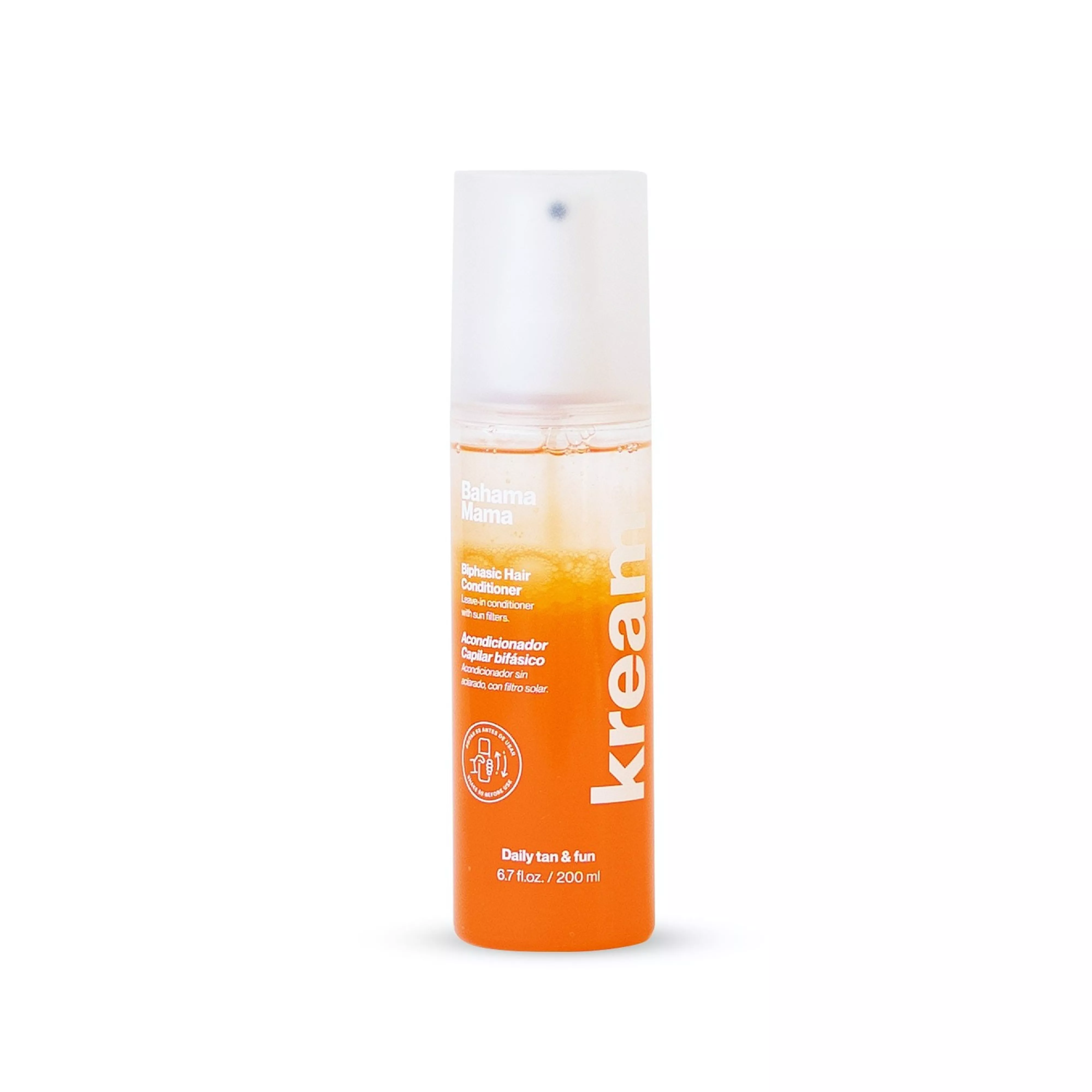
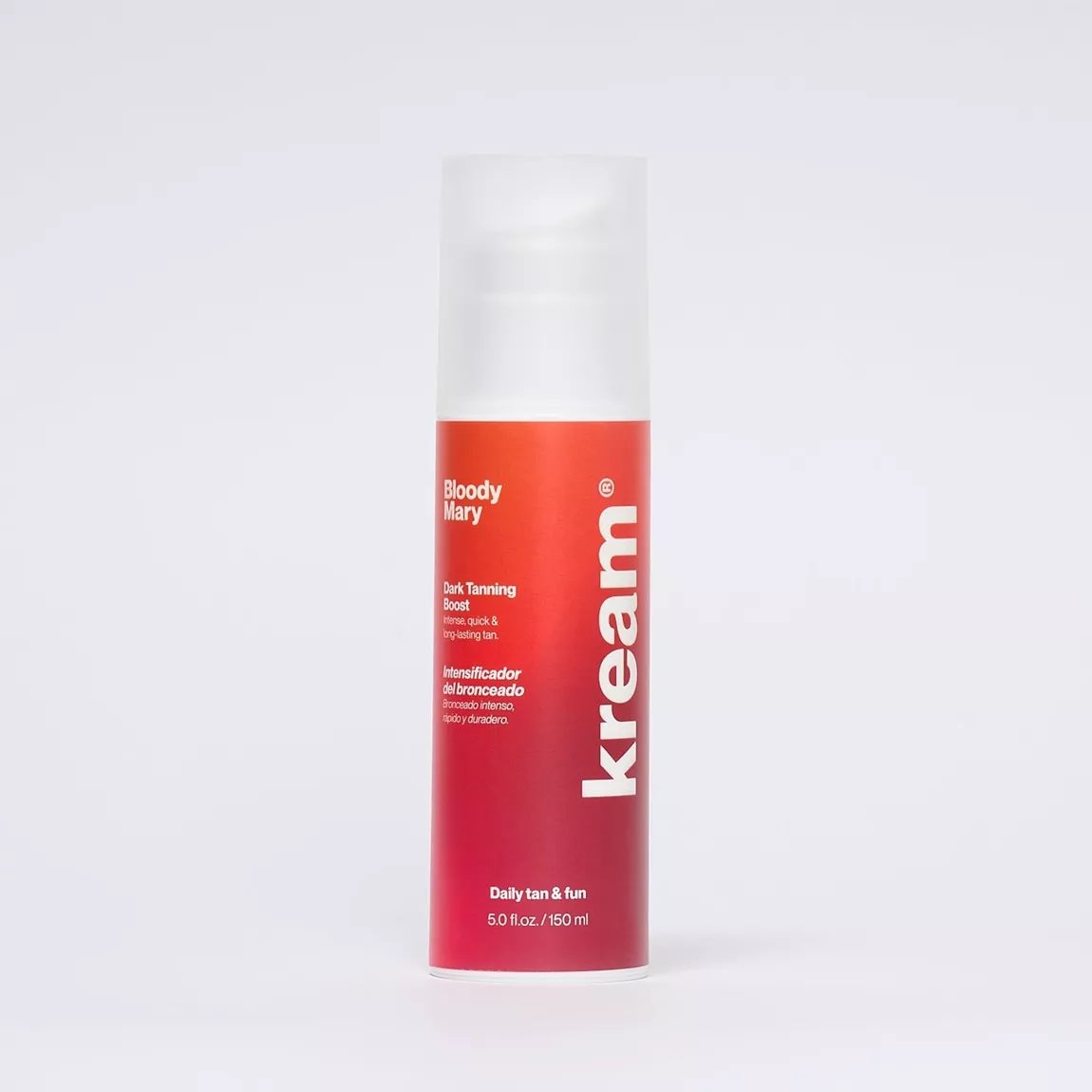

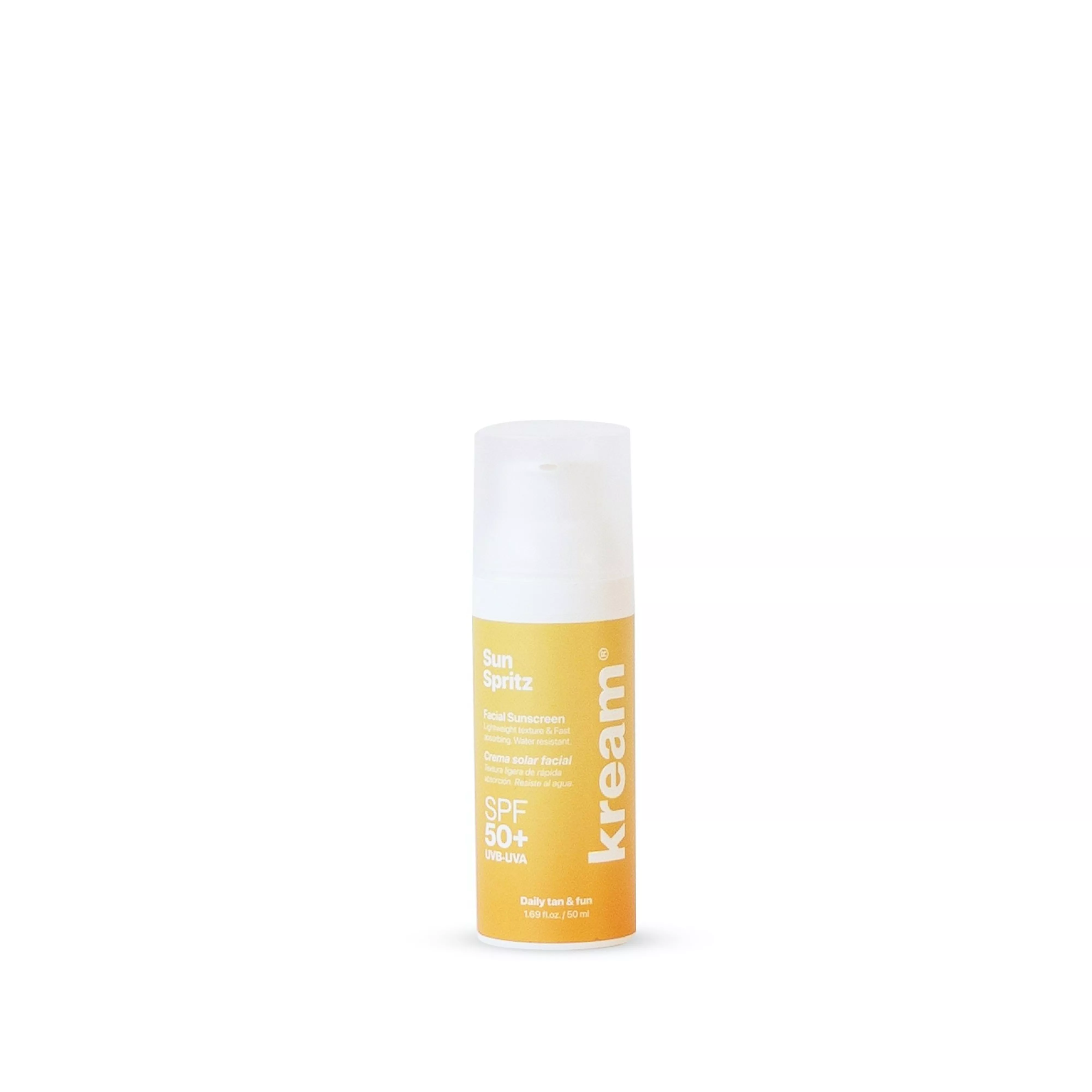
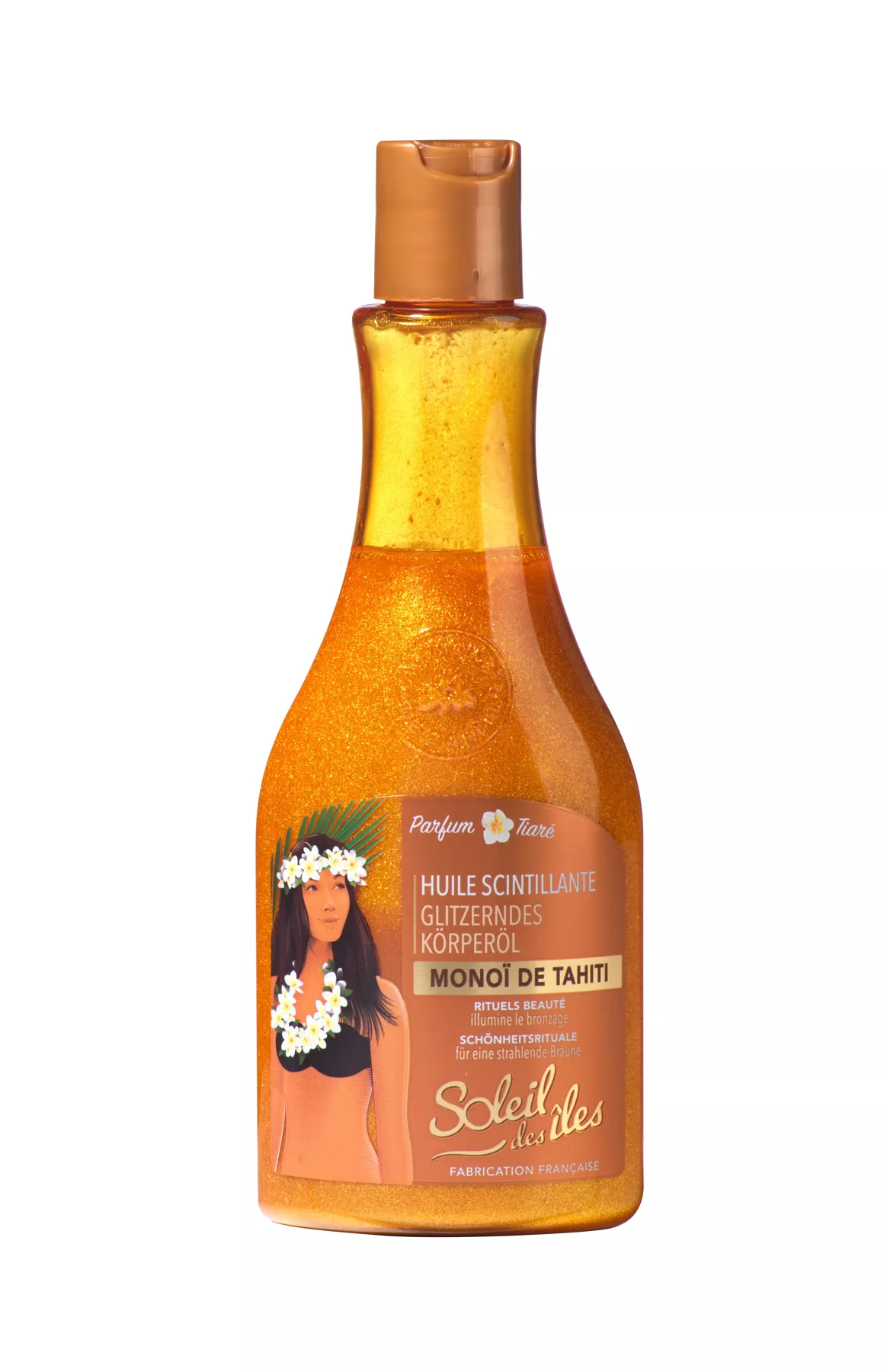
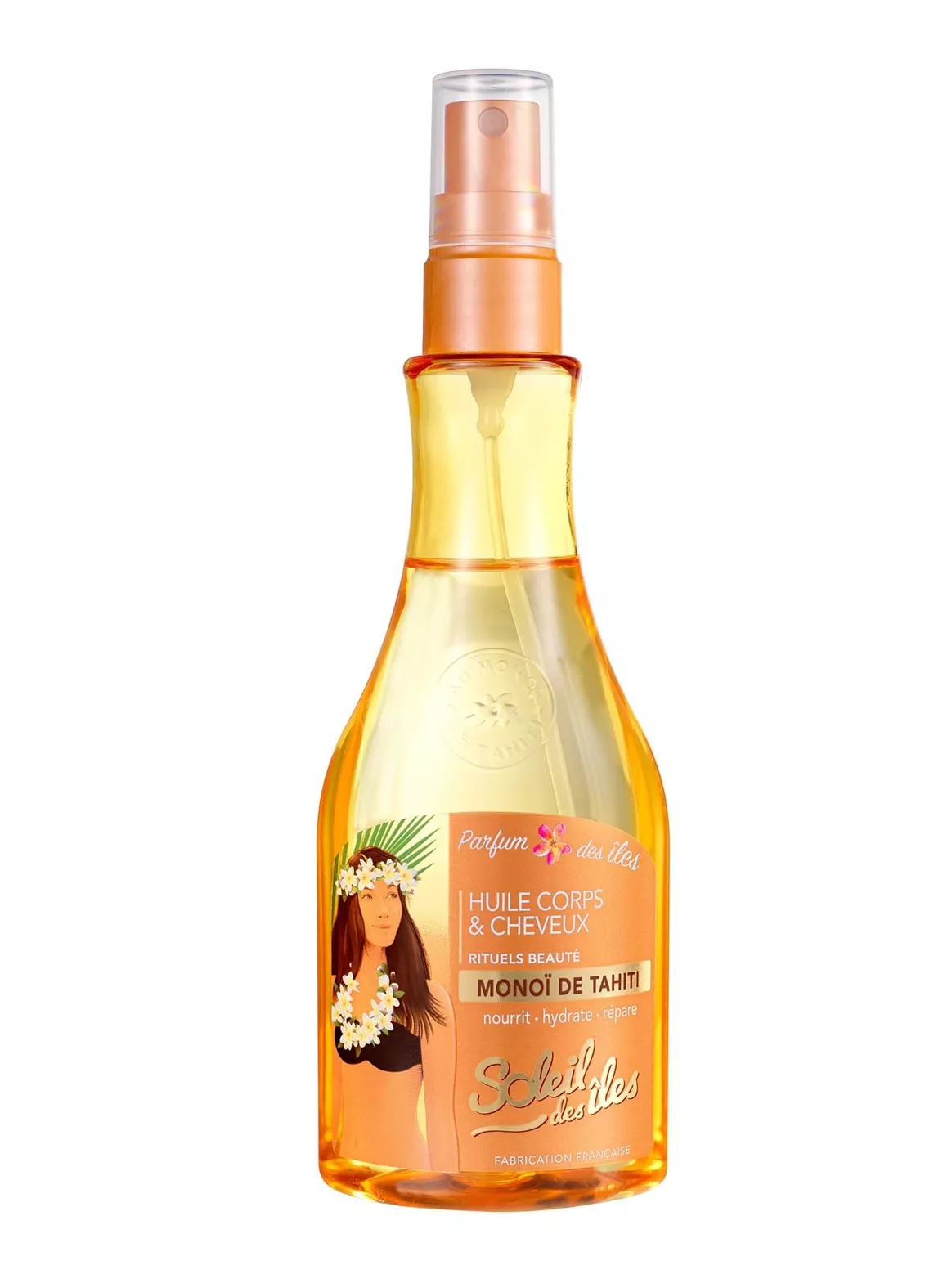
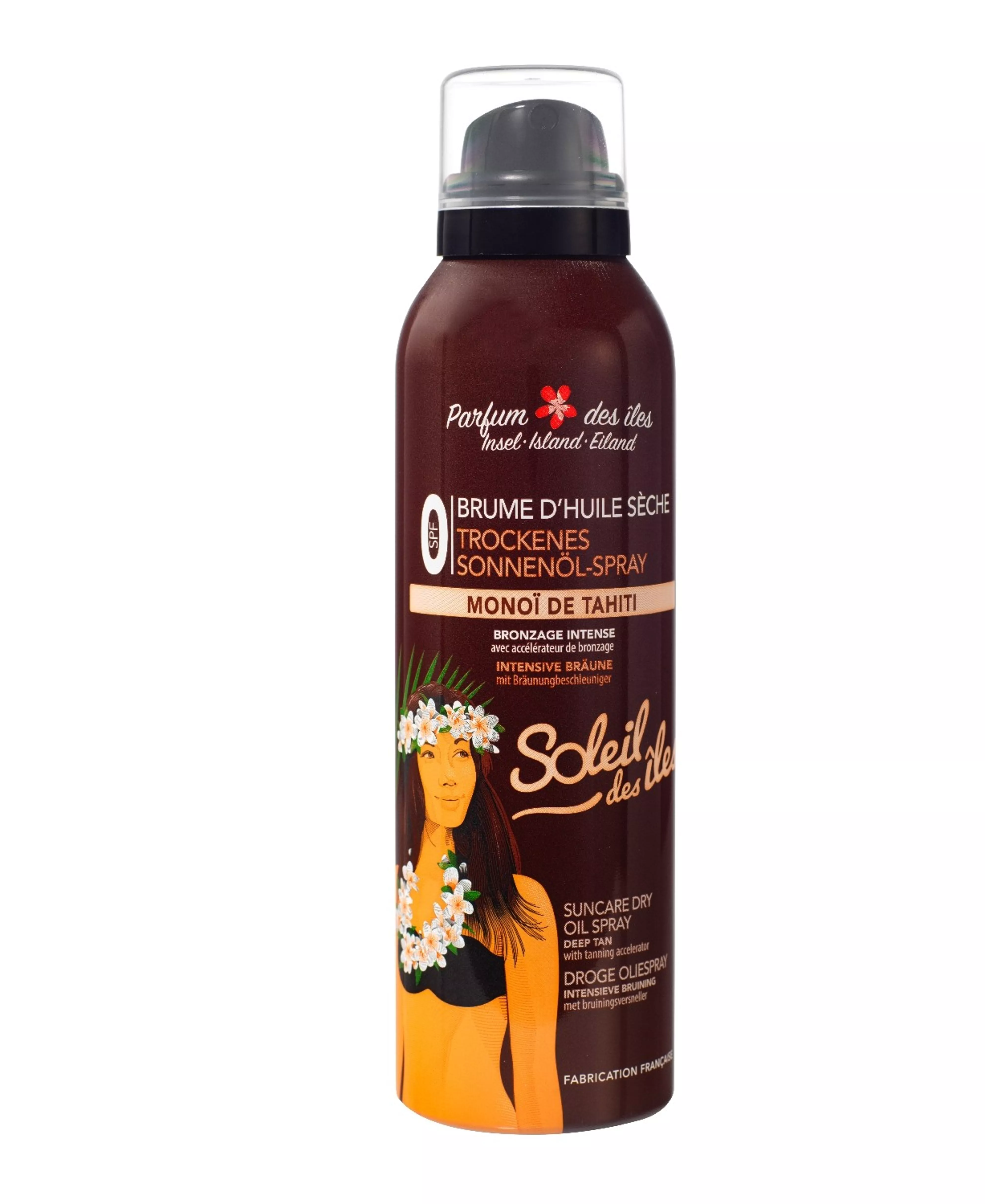





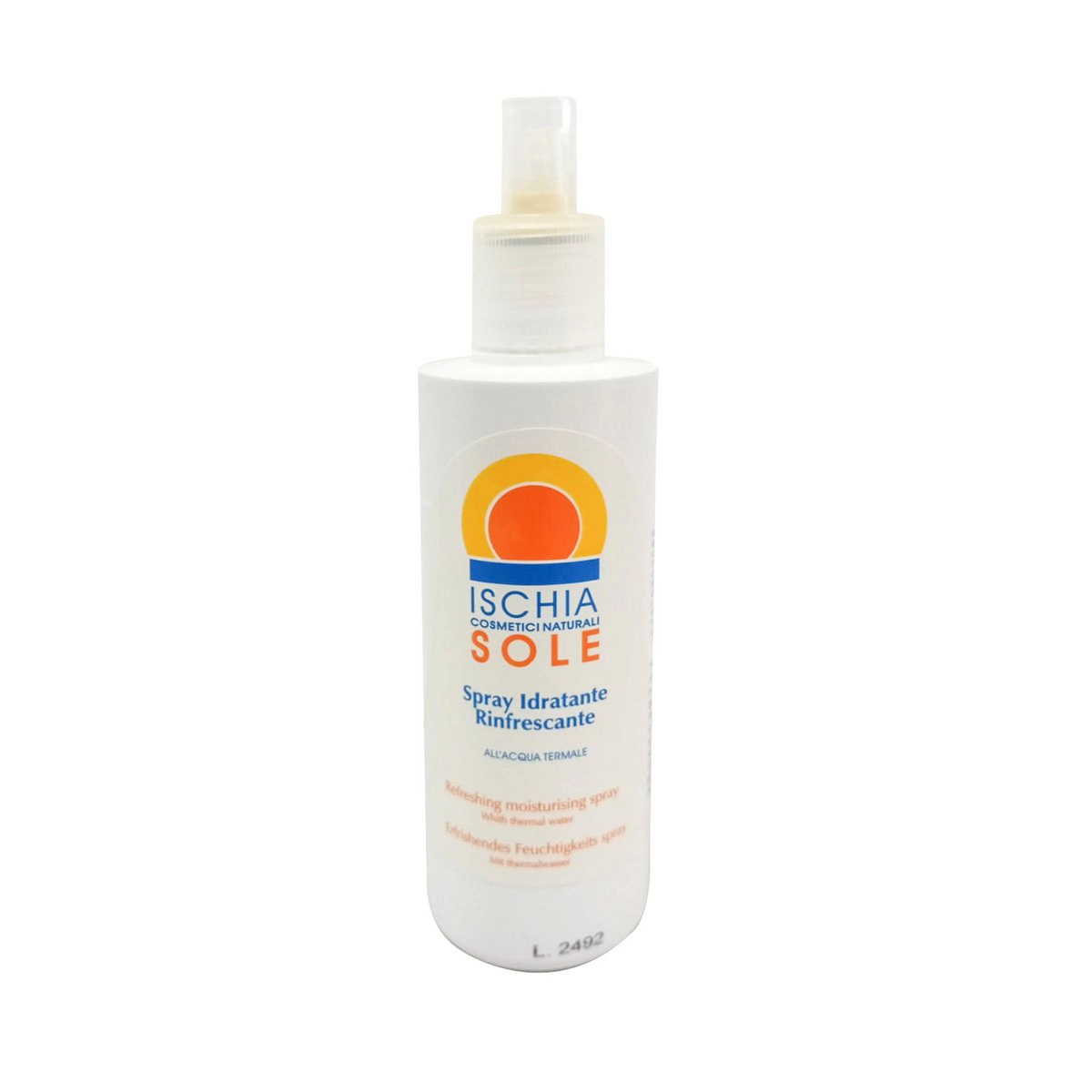
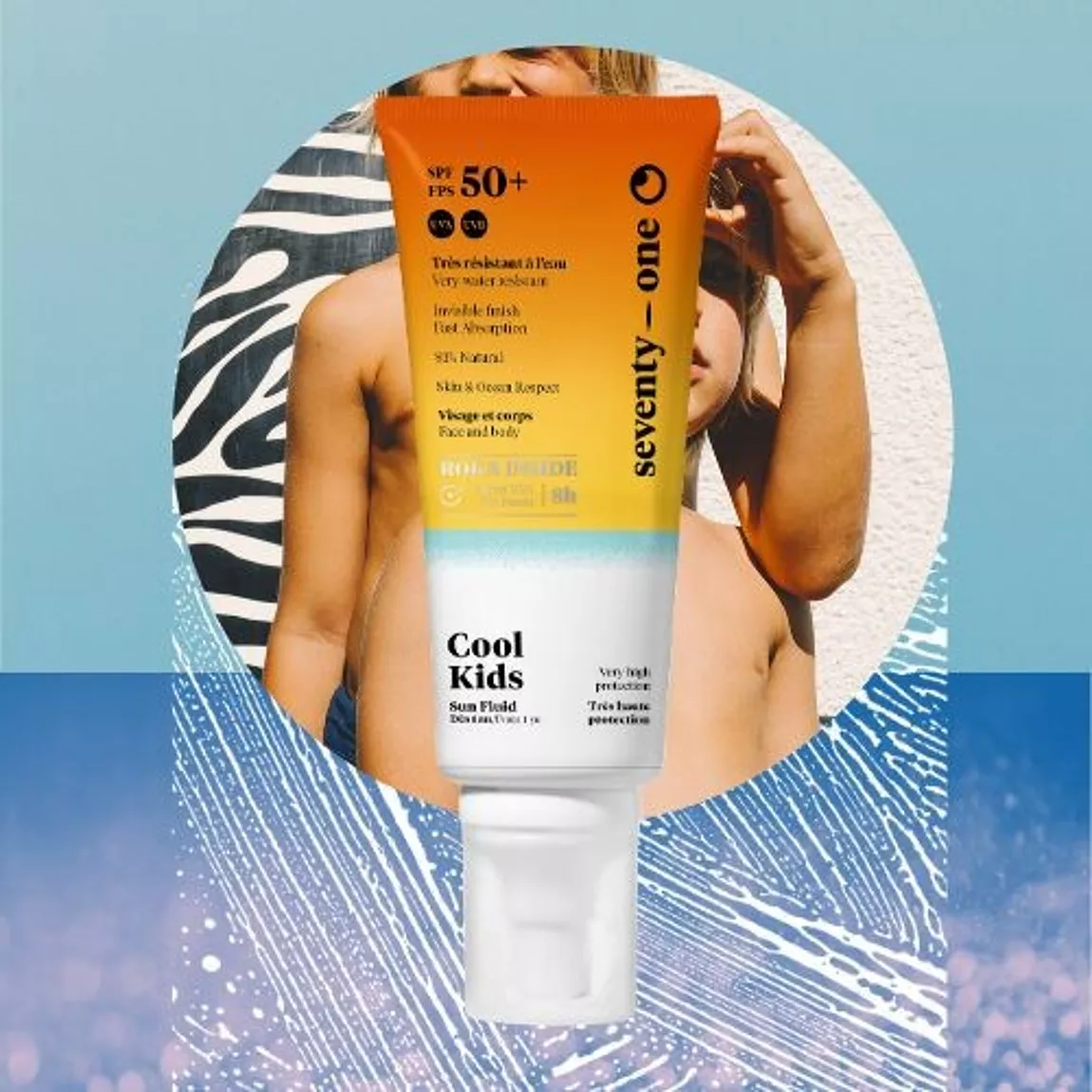
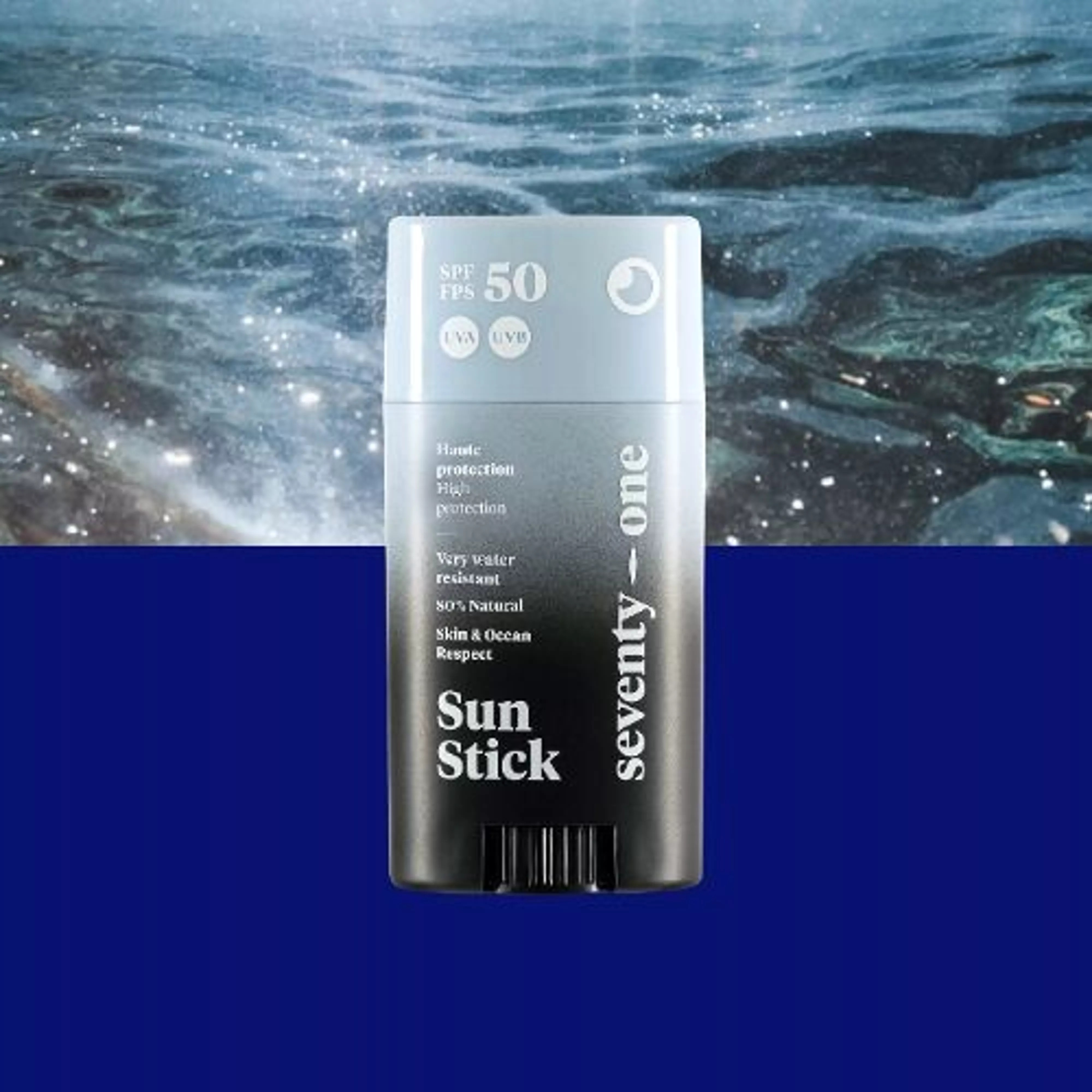
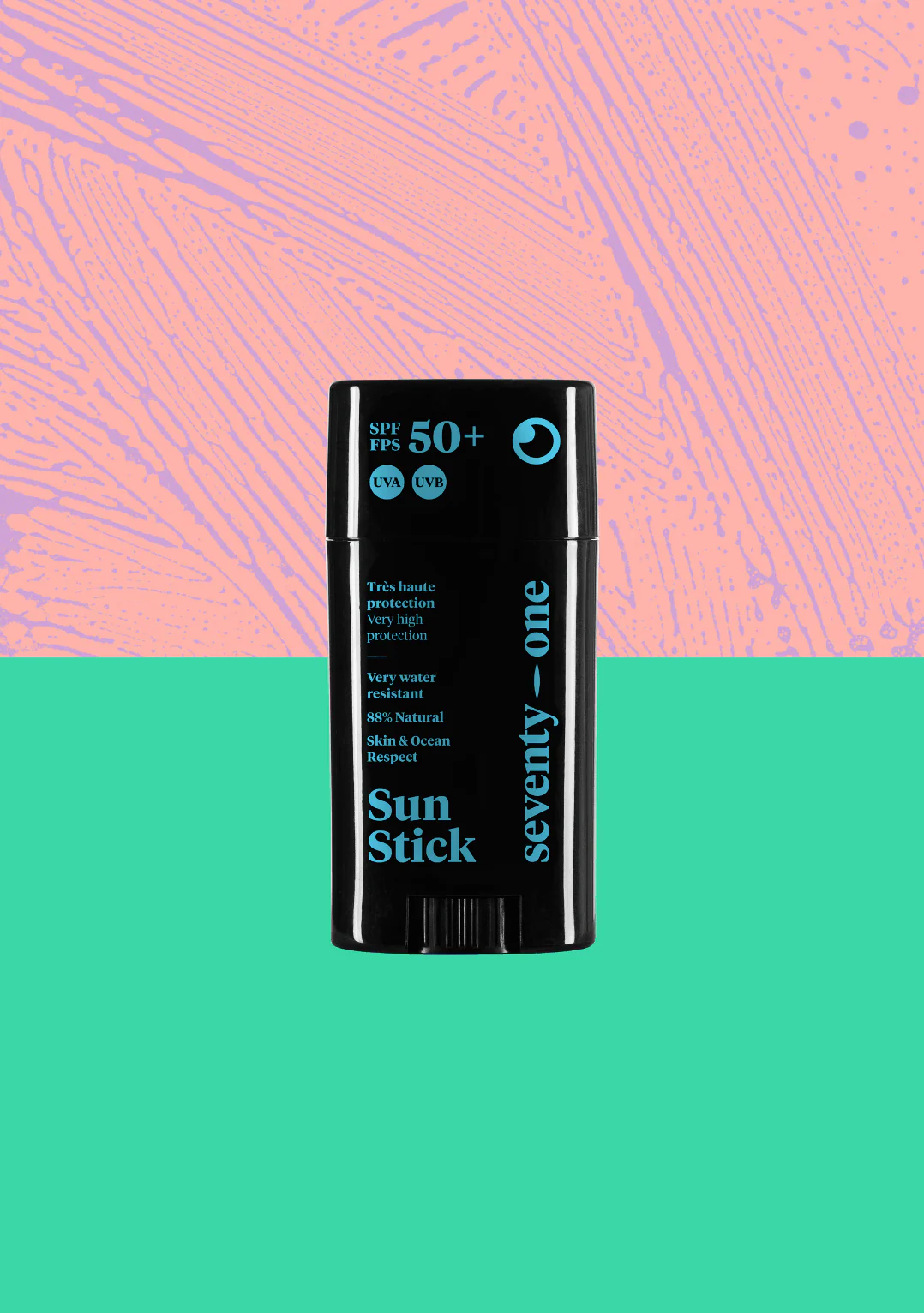
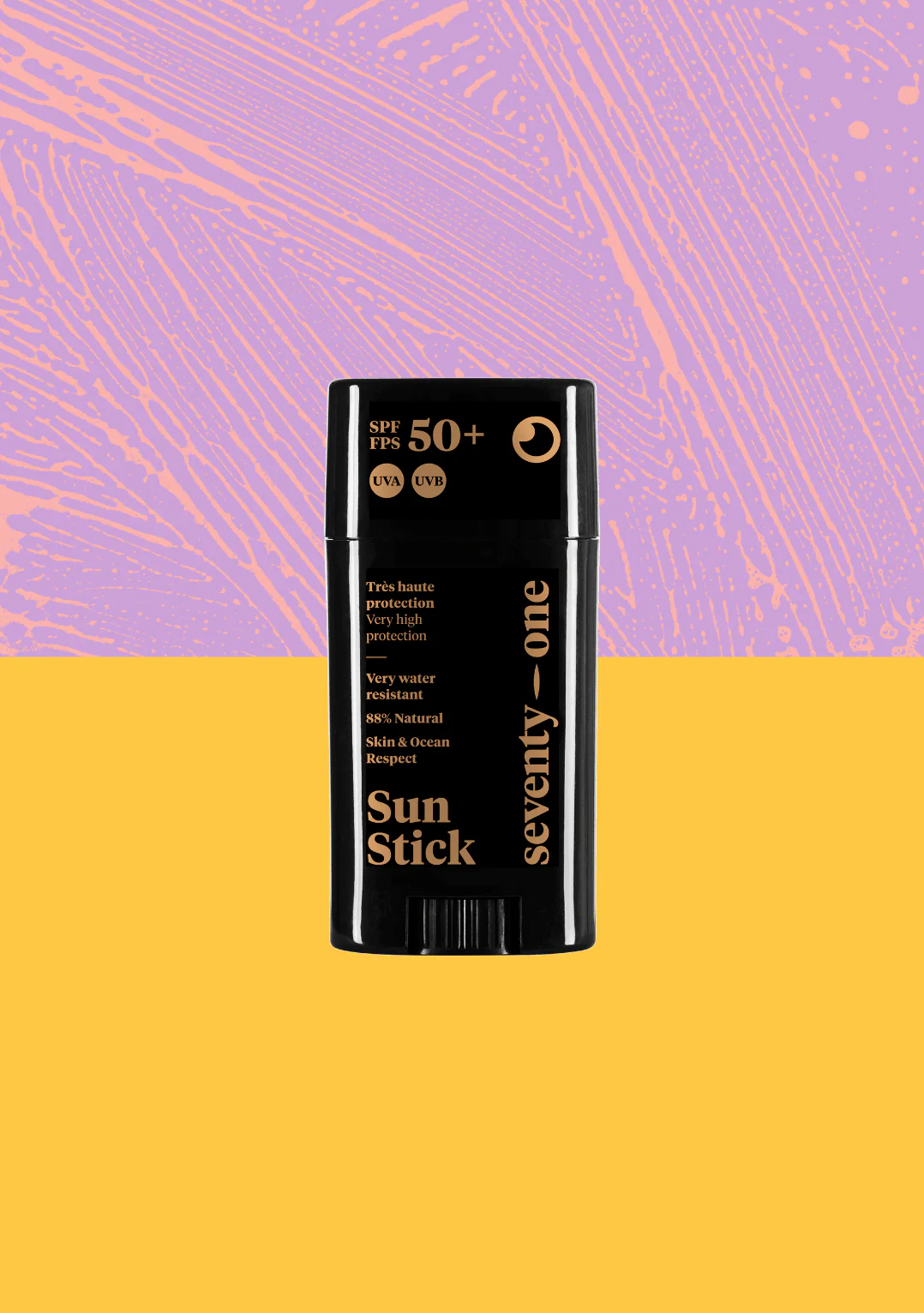
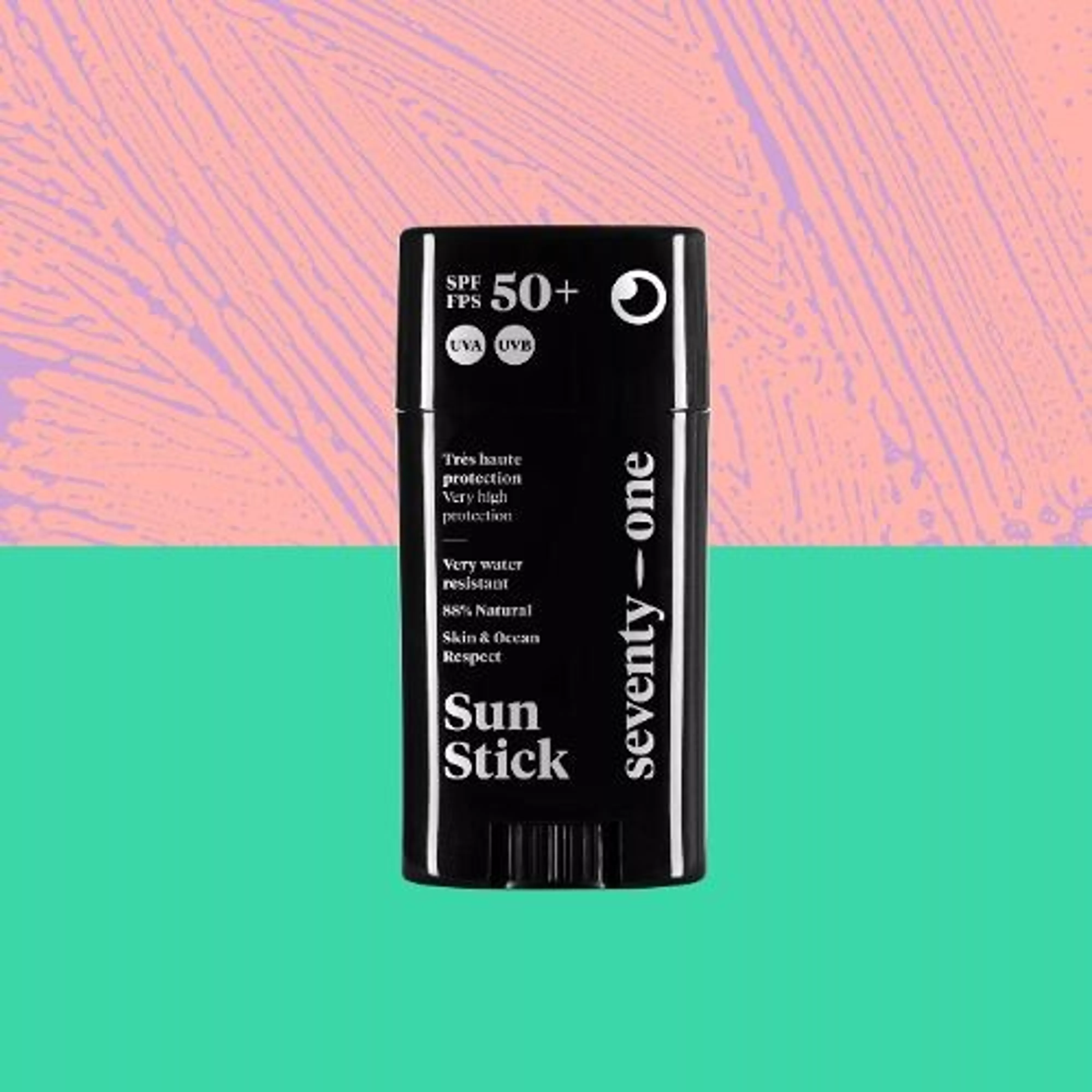
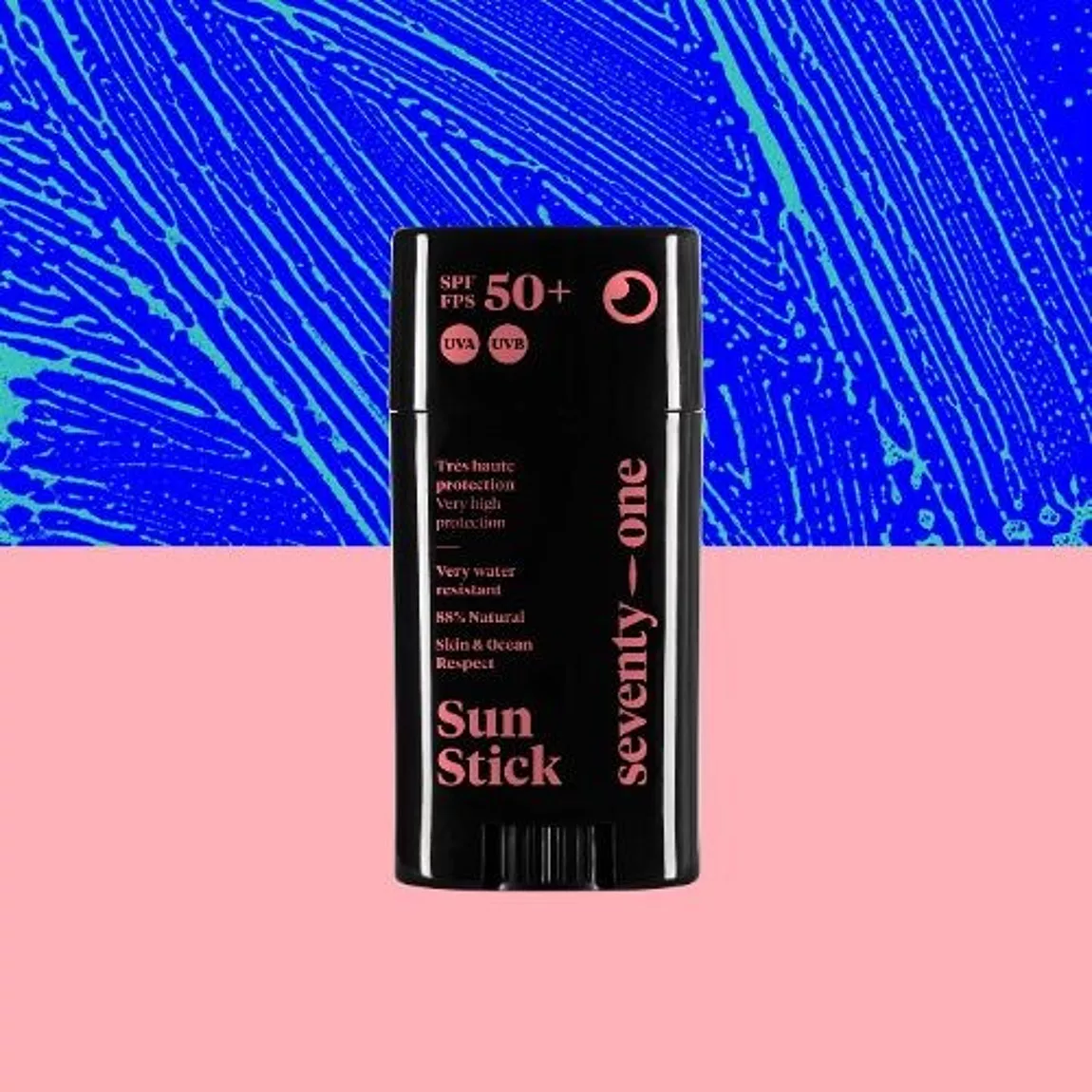

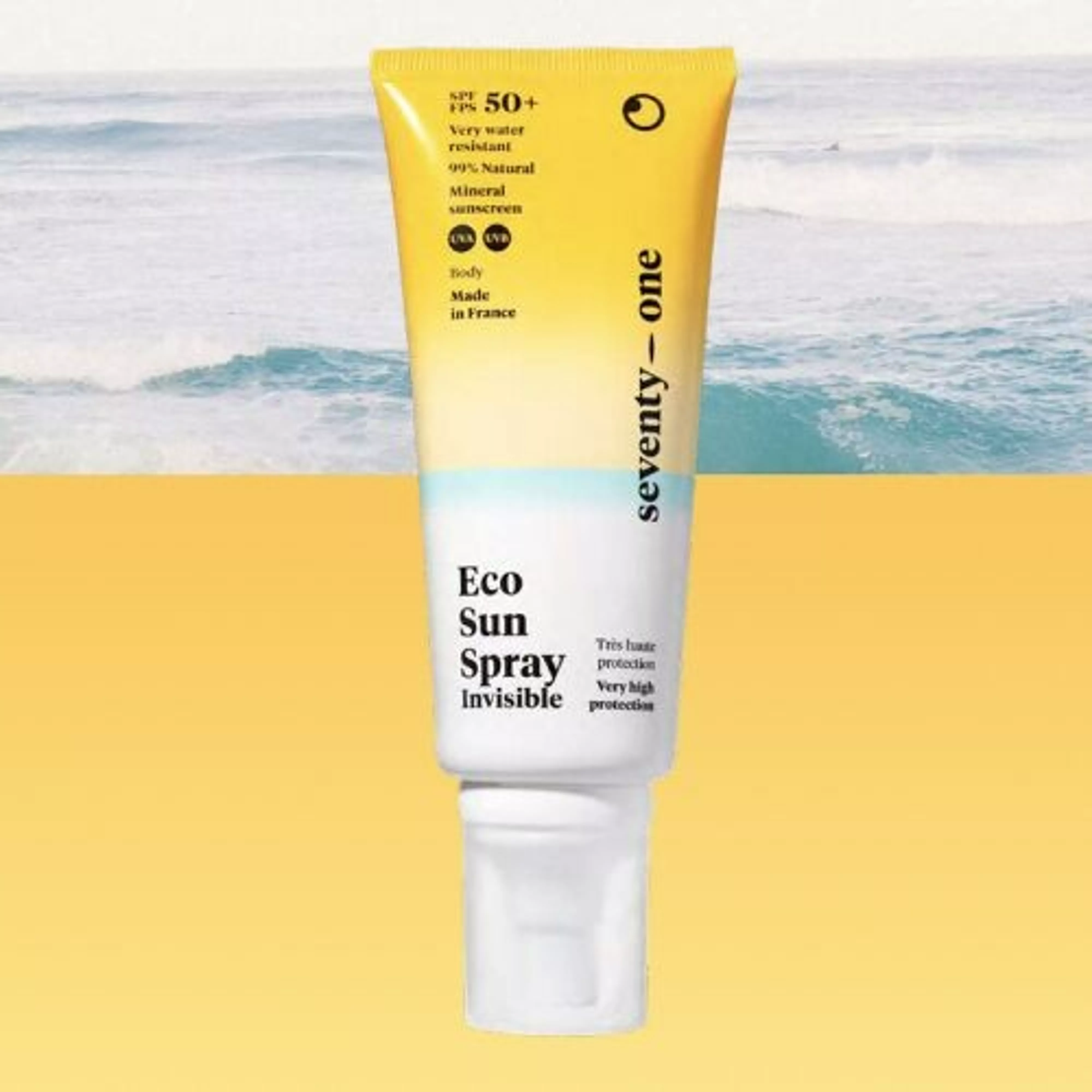
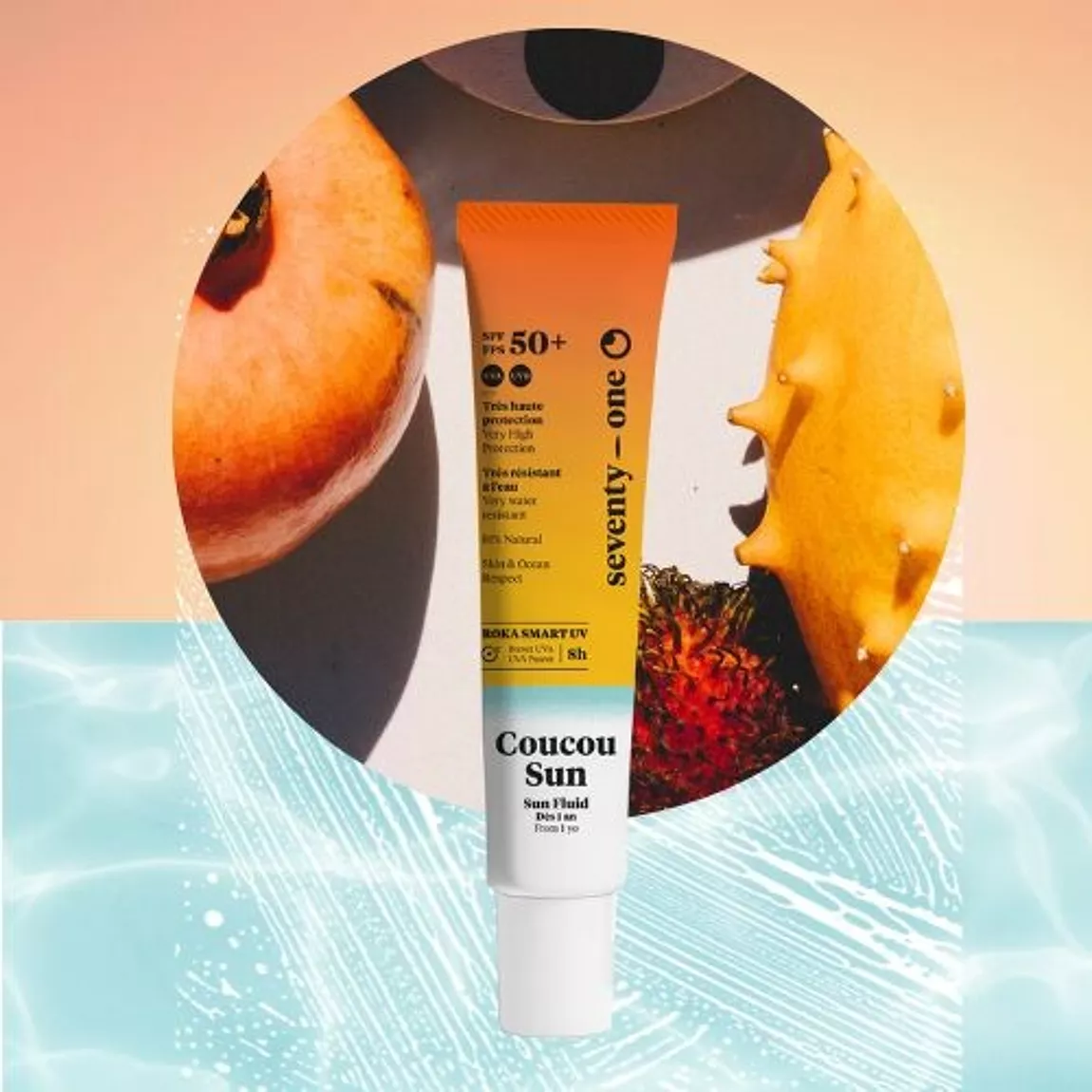
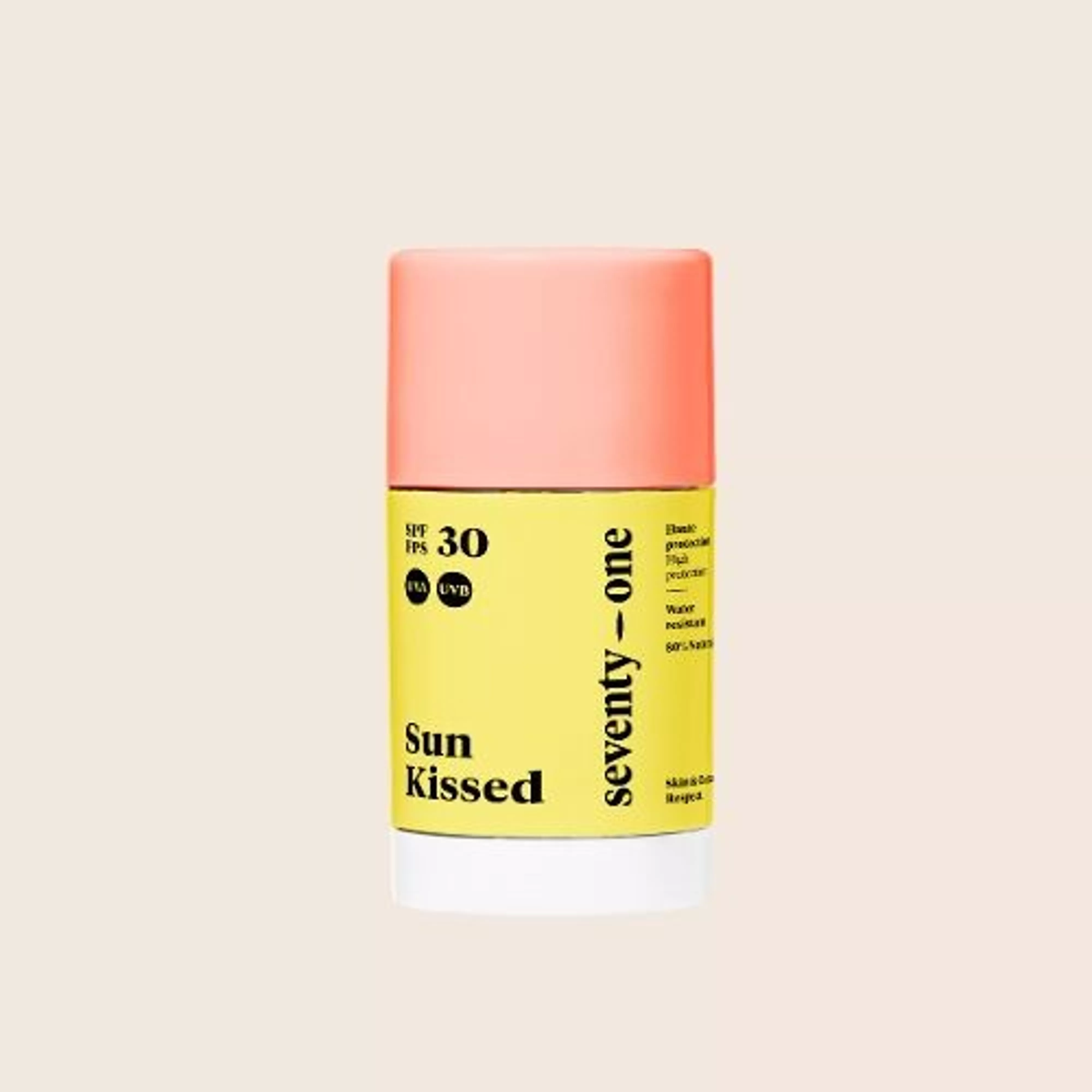
.jpeg)